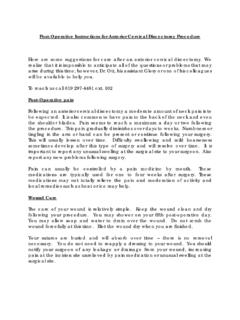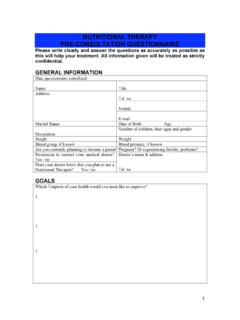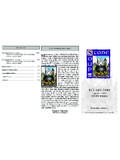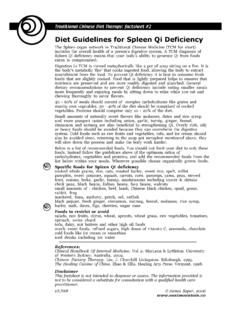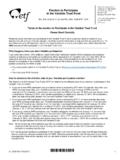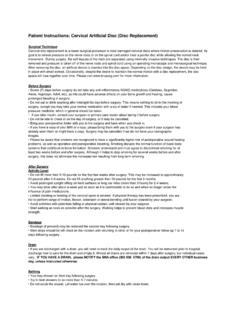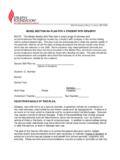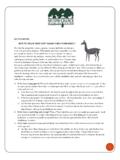Transcription of Post-Operative Instructions for Patients after Craniotomy
1 Post-Operative Instructions for Patients after Craniotomy Here are some suggestions for care after a Craniotomy (head operation). We realize that it is impossible to anticipate all of the questions or problems that may arise during this time. However Dr. Ott, his assistant Glory, or one of his colleagues will be available to help you. To reach us call 619 297-4481 ext. 102 Post-Operative pain Craniotomies are followed by a moderate amount of scalp pain and swelling. Sometimes facial swelling occurs. The pain can usually be controlled with a medicine taken by mouth. Please contact our office with your pharmacy telephone number and we can prescribe pain medication for you. Wound Care The care of your wound is relatively simple.
2 Keep the wound clean and dry following your procedure. Keep the wound covered with a dry, sterile dressing. Change the dressing every day. Sterile dressings can be obtained at your pharmacy. You may shower on your fifth Post-Operative day. You may allow soap and water to drain over the wound. Do not scrub the wound forcefully at this time. Blot the wound dry when you are finished and apply a fresh dressing. Swelling around the incision is normal. You should report any bloody, or clear, water-like drainage or separation of the wound edges to us as soon as you notice it. We will remove your staples or sutures at your next office visit following your discharge. Make sure you have an appointment for a visit about 10 days after operation.
3 Activity & Diet The amount of activity you may perform is largely individual and difficult to generalize. Let you comfort level and common sense be your guide. You can increase your diet as tolerated. Do not drive for two weeks following surgery. If you have experienced a seizure before or after surgery you must not drive at all. Contact the CA Department of Motor Vehicles about returning to driving. Generally by the time you are discharged from the hospital you will be eating a regular diet. If you should find you are having trouble with constipation, due to pain medicine and inactivity, Senakot, Dulcolax and fleets enemas can be purchased over-the-counter at your local drug store. Consult your pharmacist. Medications Here is a list of medications we sometimes prescribe after operation: Anticonvulsants: These are prescribed to prevent or treat seizures.
4 Most commonly prescribed is Keppra (levetiracetam). There are many others. Steroids: These are used to decrease swelling in the brain. Most commonly prescribed is Decadron (dexamethasone). Pain Medications: We usually prescribe Vicodin (hydrocodone) or Percocet (oxycodone). Both of these medications contain Tylenol (acetaminophen). Taper of these to the use of over the counter medication as the head pain eases. The side effects of these medications are unusual and varied. If you think you are experiencing a drug reaction, give us a call. Follow-up appointments We will see you about 10 days after operation, remove staples or sutures (minimal discomfort) and arrange further Post-Operative care.
5 Make a list of questions to be answered during the visit.
